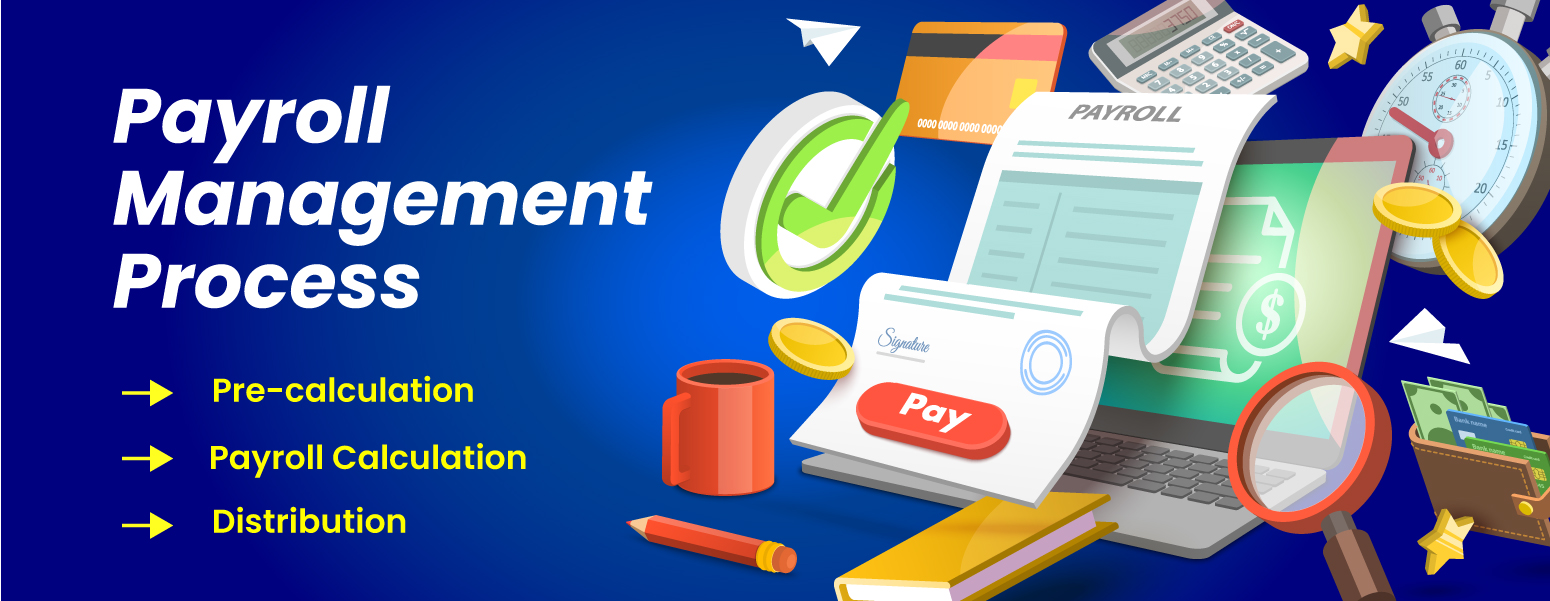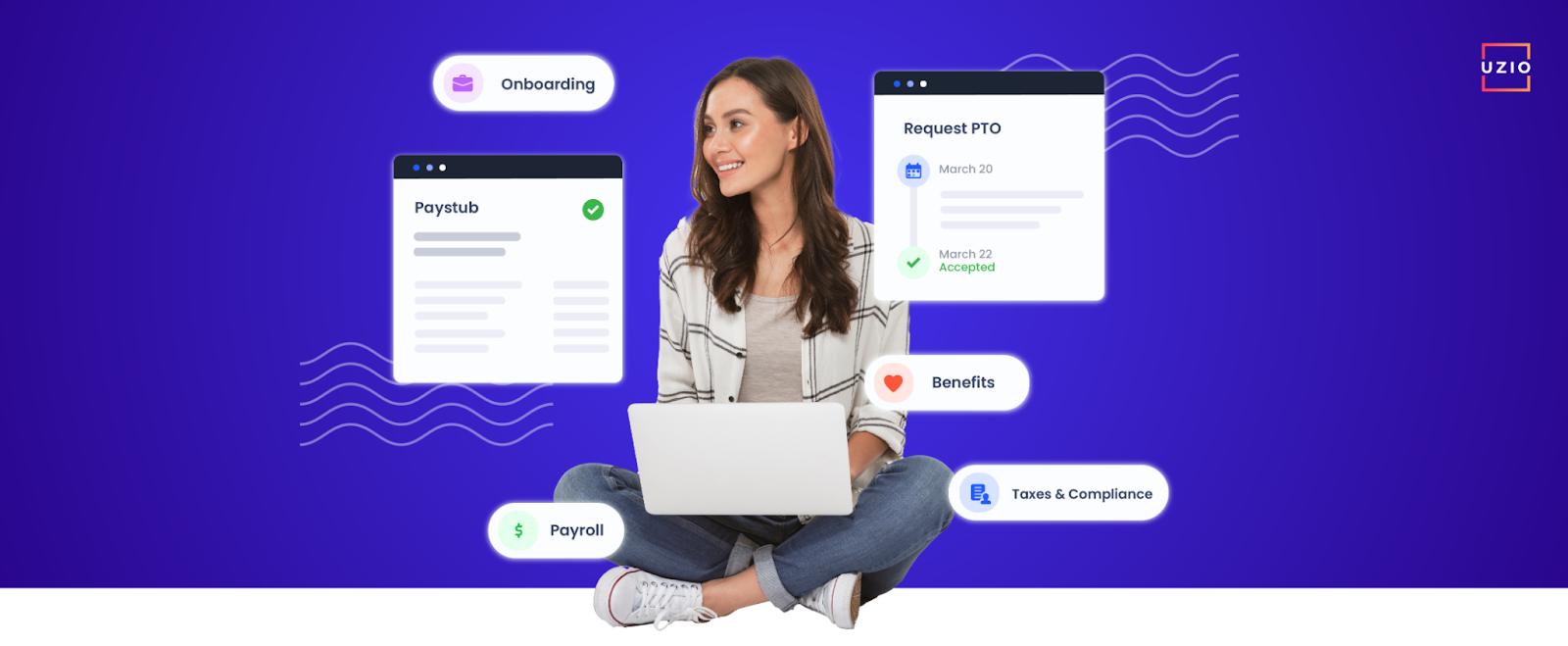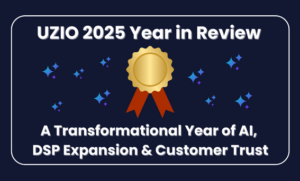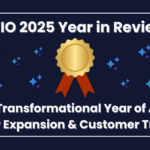
The Quick & Easy Guide to Payroll Management
Quick links
-
The Importance of Proper Payroll Management
-
The Payroll Management Process: How It Works
-
Payroll Management Software: An Alternative to Manual Processes
-
The Benefits of Using Payroll Management Software
-
How Integrated HR, Payroll & Benefits Administration System Help the Overall Business Process
The Importance of Proper Payroll Management
Regardless of the type of business you’re running, the end goal remains the same: to turn a profit. Of course, as your business grows you will inevitably onboard more employees, and these employees must be properly compensated for their time, lest your employee retention rates should fall. This brings us to the main point of this article: payroll and payroll management.
Payroll management, as it’s most commonly described, encompasses everything related to paying your employees, such as computing hourly rates, tax withholdings, paycheck distribution, processing payments via other preferred mediums, etc. When a business has a proper payroll management strategy in place, these numbers are calculated and processed in a timely manner, ensuring the employees are compensated on time while keeping overhead costs relatively low. On the other hand, poor payroll management can lead to a variety of problems including ACA non-compliance, legal fees, low employee retention rates, and even business failure! The many potential consequences of poor payroll management highlight why having a proper system in place is necessary for the long-term success of any business.
This is especially true for businesses with plans for expansion. Without a proper payroll system in place, the onboarding of new hires can easily overwhelm the current payroll staff, forcing you to choose between increased overhead costs or inefficient payroll processing (and potentially the fines that come with it). Rather than playing with fire, we strongly recommend taking a look back at the current payroll management system you already have in place, or implementing one if you haven’t already to prevent complications further down the road.

The Payroll Management Process: How It Works
Payroll management can be broken down into three different stages: pre-calculation, calculation, and distribution. Each part of this process must be applied each pay period, which contributes to the large workload that is split among the payroll staffs. Below we’ll be taking a look at each part of the process in detail.
Pre-calculation
The pre-calculation stage begins by establishing company payroll policies. These policies cover everything from overtime pay and payroll distribution methods to vacation time and attendance requirements. By setting a list of actions from the start, a company can standardize its payroll process in the future, preventing confusions and errors moving forward. Using pre-established payroll policies, the pre-calculation stage continues on an individual level, taking an employee’s pay rate and hours worked into account each pay period. Every employee on the payroll must have their hours reviewed and approved by management before the hours can be used to calculate their gross pay.
Payroll Calculation
After the hours of each employee have been reviewed and approved, the gross paycheck amount is calculated, either by payroll staff or the company payroll software. At this point, it’s time to apply deductions to every paycheck to produce their net pay, which is the amount that will be distributed to the employee via direct deposit, check, cash, or other methods of distribution.
There are many different factors that go into applying deductions, but the major ones always remain the same. Regardless of an employee’s location, they will always be responsible for contributing 7.65% of their gross income to FICA taxes, which covers both Social Security and Medicare taxes. They must also provide part of their income to federal taxes, and possibly an additional percentage towards state taxes. Federal tax rates are based on yearly income, with rates ranging from 10 to 37 percent of their annual salary. State taxes vary by state, with some states doing away with income taxes altogether, and others (like California) taxing up to 13.3% of an individual’s annual income. Depending on the location where the work was performed, an employee may also be responsible for paying local taxes as well.
After federal, state, local, and FICA taxes have been applied, additional deductions such as health insurance can be calculated. There are many different types of deductions an employee may be held liable for, and these are broken down into two subsects: voluntary and involuntary. Voluntary deductions include health insurance, retirement plans, life insurance, and union dues, among others. Involuntary deductions include child support, wage garnishments, bankruptcy orders, and other types of court-order debt repayments.
Distribution
Distribution is the final stage of the payroll management process, and as the name would imply, involves distributing paychecks and pay stubs to the employees. Employees can be paid in a number of ways, including cash, by check, prepaid debit card, or direct deposit. After wages have been distributed, the payroll department is responsible for accounting for all payments issued during that pay period. The records made in each pay period must be kept, as they will be used later on in the year-end reporting process.
Payroll Management Software: An Alternative to Manual Processes
As you can see, payroll management is a long and complicated process that must be repeated each pay period, forcing employers to hire more payroll staff as their companies grow larger. Obviously, expanding staff means increased overhead costs, but fortunately, there is an alternative: payroll management software. This software includes a variety of programs designed to effectively and automatically manage a company’s payroll while remaining ACA compliant, which reduces staffing needs while improving overall efficiency.
Most payroll management solutions integrate with T&A (Time & Attendance) software, which allows employers to record and manage their employee’s working hours. Basic options can include a clock-in/clock-out feature, which records an employee’s hours using timestamps on a digital time card. More advanced options, however, integrate GPS location into their timestamps, allowing employers to verify that the employee was on-site during their scheduled work hours. These records are automatically recorded and can easily be approved or amended later on, making calculating payroll a much easier process.
The main feature of any payroll software is automated payroll and tax calculations. Using data acquired from the employees’ digital information, payroll software calculates paychecks for each and every employee on the payroll, applying individual hourly pay rates, taxes, and deductions to each paystub. When payroll is processed manually, attention must be paid to ensure that each paystub produced remains up-to-date with ever-changing tax laws and requirements. This is not an issue with payroll software, since the software itself updates automatically, applying new changes as needed. These paystubs are stored within the system for future reference, which is extremely helpful in generating year-end tax documents.
Payroll software usually includes the option to manage the distribution process as well. While direct deposit remains the primary method of distribution for most companies, some payroll software can also accommodate other methods of payment such as checks, cash, or prepaid debit cards.
The Benefits of Using Payroll Management Software
Utilizing the available payroll software (as opposed to traditional manual payroll processing) offers many advantages to companies, regardless of the current size of their operations, starting with reducing staffing needs. Since the software handles the vast majority of payroll processing tasks and requires minimal input, companies aren’t forced to employ more payroll staff to manage (or expand) their current operations. In fact, utilizing payroll software allows businesses to reduce their payroll staff, which lowers their overhead costs. Payroll software can scale up or down according to your business, which means you won’t need to employ more staff even if your business grows: your current staff will do fine!
Another benefit is increased efficiency. With manual payroll processing, the likelihood for errors remains fairly high even if you only employ a well-trained staff. Humans are, by nature, prone to mistakes from time to time, and even the simplest of mistakes can end up costing a business thousands of dollars in non-compliance fines! Payroll software automatically updates to reflect the latest compliance laws, ensuring your business remains ACA compliant at all times.
Time is also a limiting factor when it comes to manual payroll processing. Payroll staff is limited in the amount of paperwork they can process per day, but payroll software performs the necessary calculations in real-time as the information comes in, which guarantees workers will receive their wages on time. Since the software operates independently of payroll staff (with minimal intervention required on occasion), a company can easily expand the size of their operations without worrying about their increasing payroll staffing needs. Most software charges on a per-employee basis, a $4.5 per employee per month is a far lower cost to pay than an entire month’s salary of an additional member for just manually handling the payroll. So, it doesn’t matter if you keep growing, your existing manpower for handling payroll should be enough to handle any employee size if you are using an automated payroll solution.
Accurate account and reporting is a vital task for any business, which can easily end up costing thousands of dollars in fines if left unattended. Fortunately, payroll software tracks and stores data throughout the entire process, making past pay records retrievable in only a couple of clicks, as opposed to searching through multiple file cabinets for a particular document. Some payroll software is also capable of generating reports, which makes completing monthly, quarterly, and yearly reports a non-issue.

How Integrated HR, Payroll & Benefits Administration System Help the Overall Business Process
So far, we’ve gone over the benefits that payroll software can have specifically for the payroll department, but surely the benefits can be applied to other departments as well! Depending on the setup of your individual company, payroll and HR may be different departments entirely or payroll may simply be a part of the HR department. Regardless of your current setup, much of the data used in payroll calculations is also used by the HR department, and vice versa. UZIO has recognized this overlap and therefore has developed the all-in-one payroll, HR, and Benefits software solutions that cater to the needs of both departments through a single platform. Have you ever fantasized about reducing the size of your tech stack? This could be one way to do it!
The biggest benefit of AIO (All-In-One) HR software is the elimination of duplicate data entities. Without AIO HR software, required employee information (such as their address) must be entered into both the HR and the payroll systems. With AIO HR software, the information added during the onboarding process can easily be accessed later on by the payroll department, and vice versa. This data integration offers many benefits, allowing for streamlined data exchanges, multi-department report generation, quick cross-referencing, and more. It also makes it easier to stay ACA compliant, which is a priority for any business.
Another benefit AIO often offers is the employee self-service feature. What features this actually entails will depend on your particular platform of choice, but often include benefits management and the ability to view pay stubs. Some software even allow employees to request time-off and/or schedule changes from within the self-service portal, which can then be approved or denied by managers without requiring an in-person visit to HR.
Payroll Management: A Summary
Like it or not, payroll management is a crucial part of running a business. While relying on manual processes may have worked sufficiently in the past, with modern companies often employing hundreds of workers, attempting to manually manage payroll is largely impractical. This is why the release (and continued expansions) of payroll software is so important: it allows companies of all sizes to effectively manage their payroll without worrying about ACA compliance, staffing issues, or distribution disruptions. Although some companies are small enough to get by without using payroll software, the vast majority will see a substantial benefit from choosing to implement the more modern solution.
So how do you start the process of implementing payroll software for your company? Well, there are many different payroll service providers and software options on the market today, so one option is to spend hours upon hours researching multiple solutions to find one suitable for your company. However, for a quicker start to your journey, you can head over to an expert lead UZIO demo, Regardless of which option you choose, you’re sure to see an instant benefit to your business once you switch from manual processes to software management, so don’t wait. Take the next step for your business, and make the switch today!





